Mining
The iron deposit in Llumeres was the most important one in Asturias. It was also the one with the largest amount of production, which was mainly consumed by the iron and steel facilities in the company Duro Felguera.
It is located in the council of Gozón, more specifically in the zone of the Cabo Peñas cape. These mines could have been leveraged in pre-Roman times, but they started to be historically used in 1858 by the Compañía Minera de Gozón mining company in a very rudimentary way. Later on, they belonged to the Duro y Compañía company, which studied the mining field, broadened the concessions and established a specifical working methodology. In 1906, this company united with the Sociedad Unión Hullera y Metalúrgica de Asturias, an Asturian coal, iron and steel company. This union translates into an improvement of its activity, reaching better production rates (413 500 tonnes between 1907 and 1915, much more than the production reached in the previous 45 years).
The mineralization was formed during the later Silurian period and the earlier Devonian period. It is mainly constituted by sections rich in iron oxide (hematite) with large amounts of oolites, alternated with sandstone and slate layers (which have less iron presence).
This deposit was divided into six levels and the mining layers were divided into five, from 1 to 5, even though only three of them were useful for mining (the 2nd, the 3rd and the 4th ones). The 4th one is the widest (2,20 m), the richest (50-53% iron and 15% silica), and the only one that was exploited.
The transportation of the mineral to the blast furnace was one of the main problems. Initially, it was taken to a pier where it was transported by boat to Gijón. There, it was taken to the railway in order to transfer it to the Duro facility in Langreo.
Between 1918 and 1922, a 7.5 kilometer cableway was installed connecting Llumeres and El Regueral (to the south-west of Candás) in order to transport the mineral to the railway in 75 pitchers.
The work ended in 1967, when the mine was finally closed down. The existent resources in this deposit reach 5 million tonnes. Nevertheless, the actual ore amount there is supposed to reach 40 million tonnes.
Carlos Luque Cabal y Manuel Gutiérrez Claverol

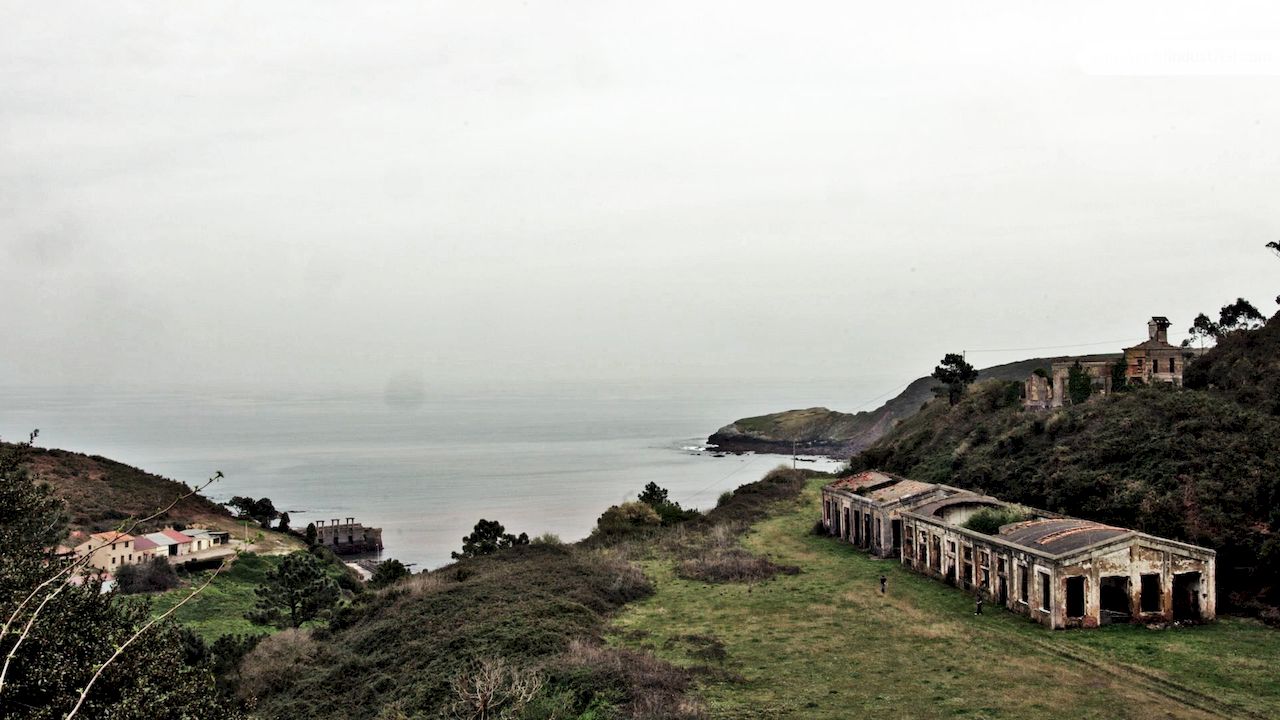
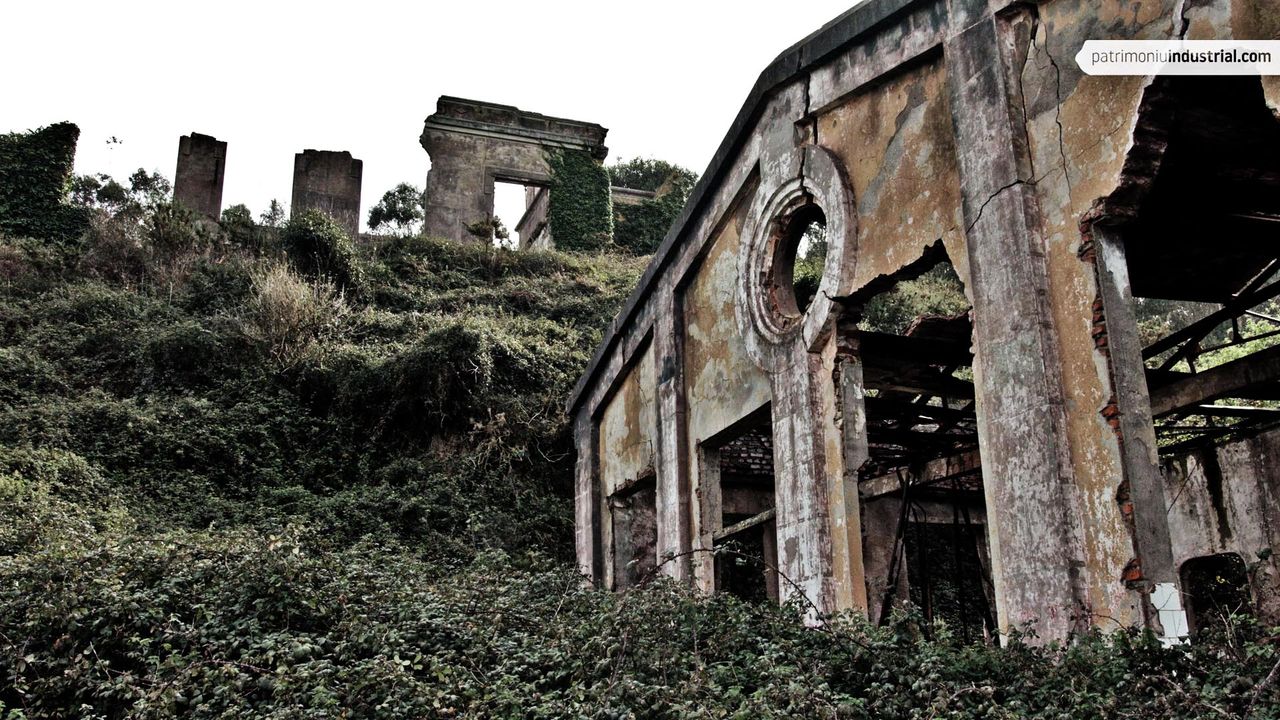
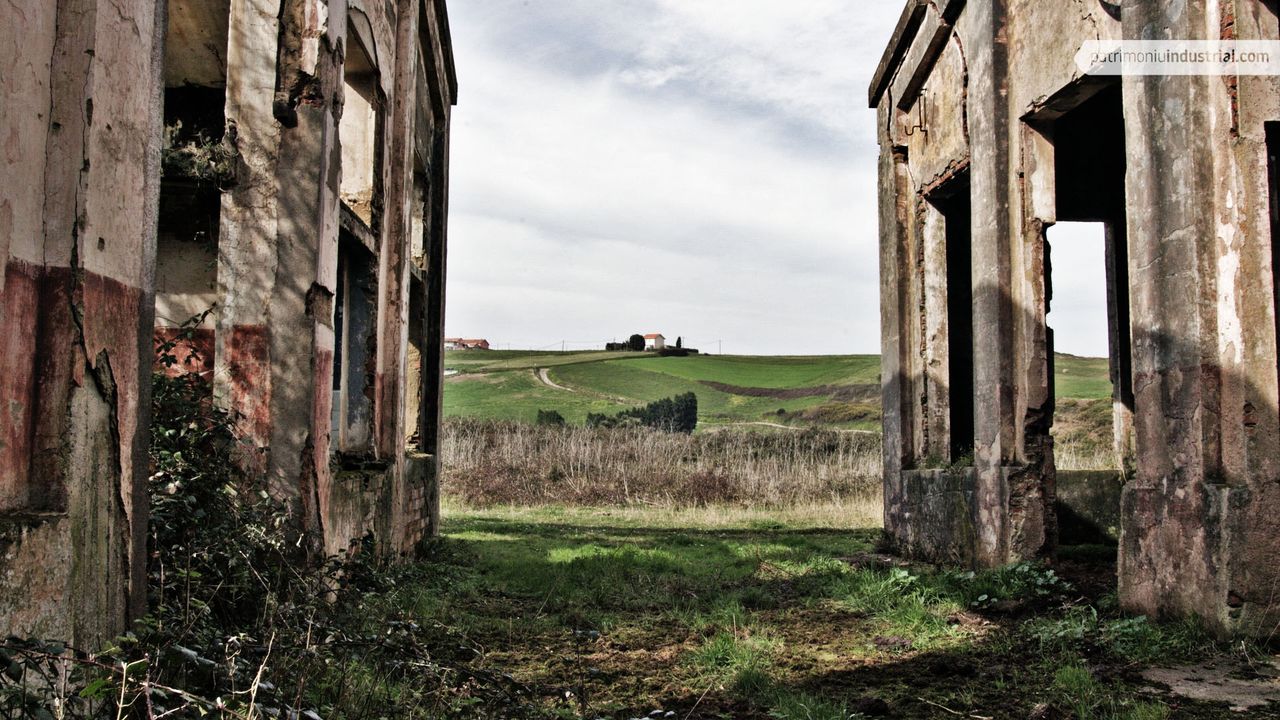
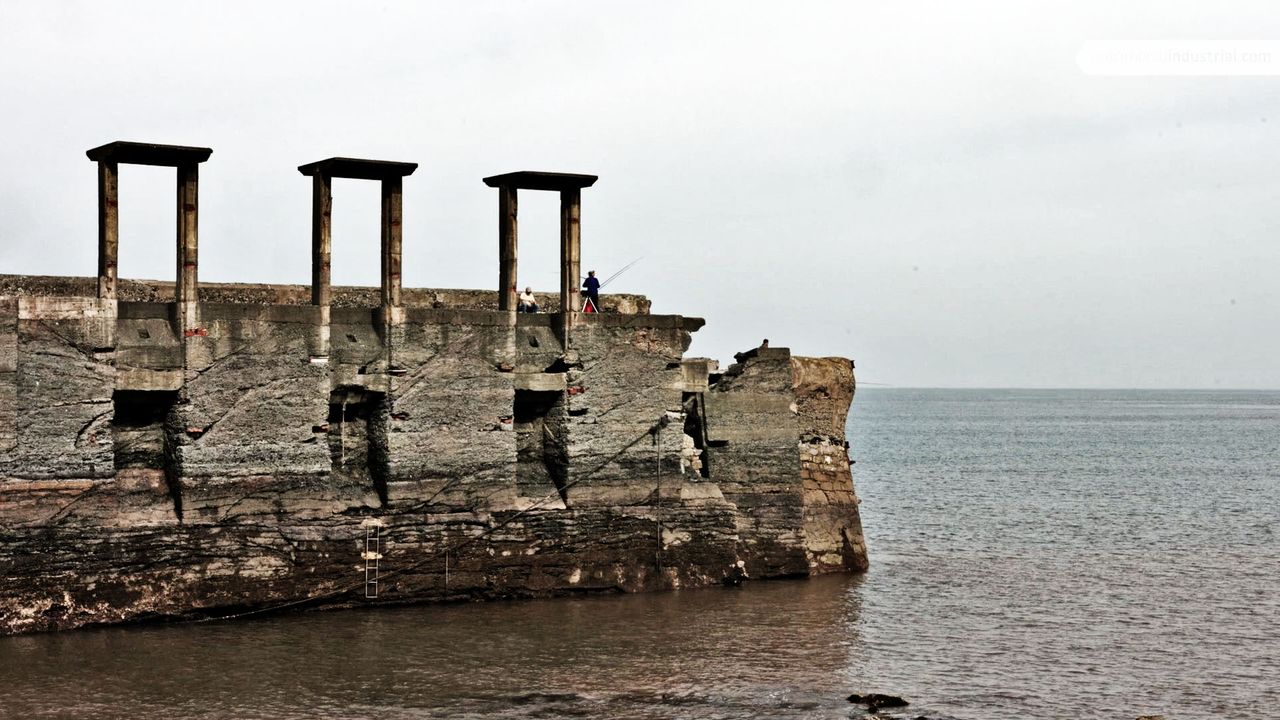
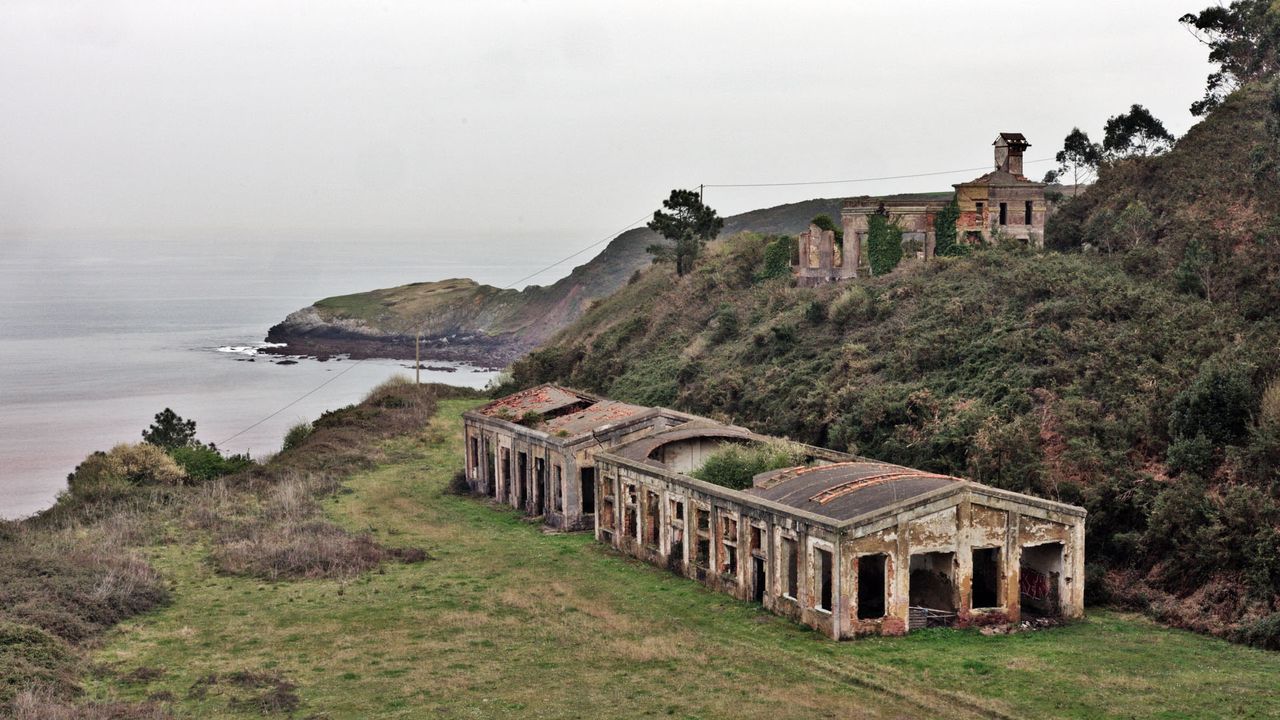
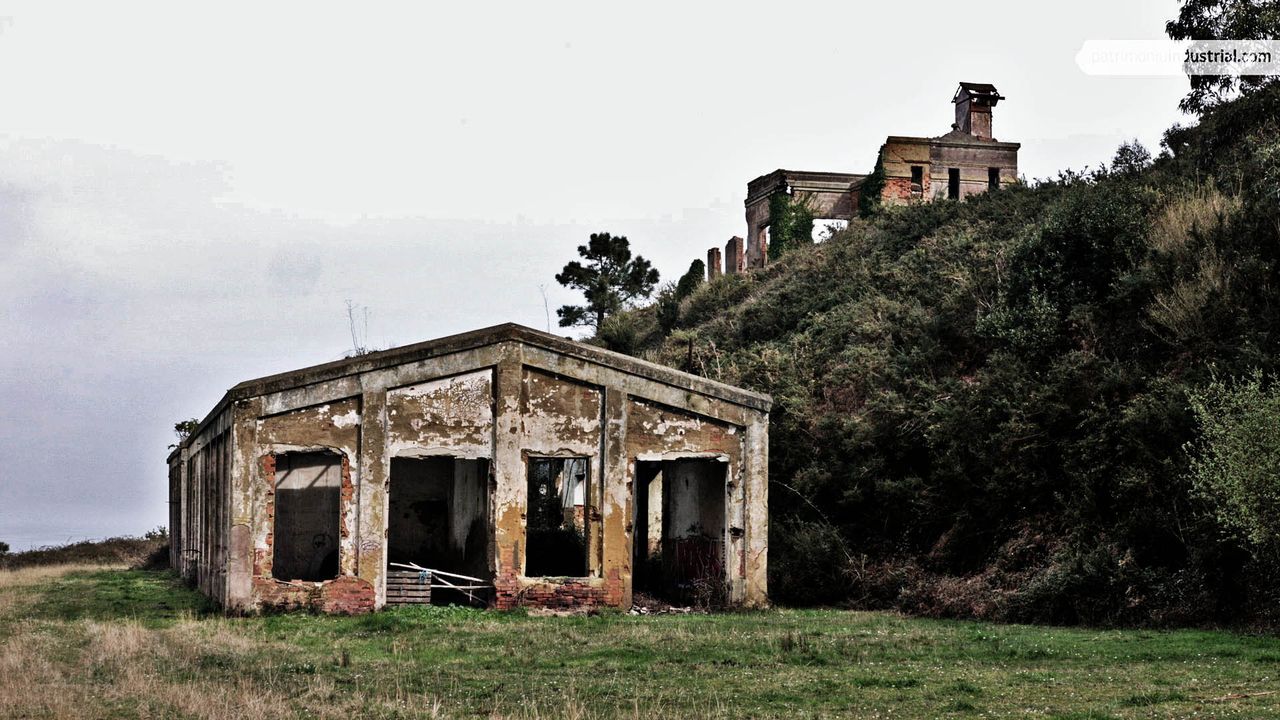

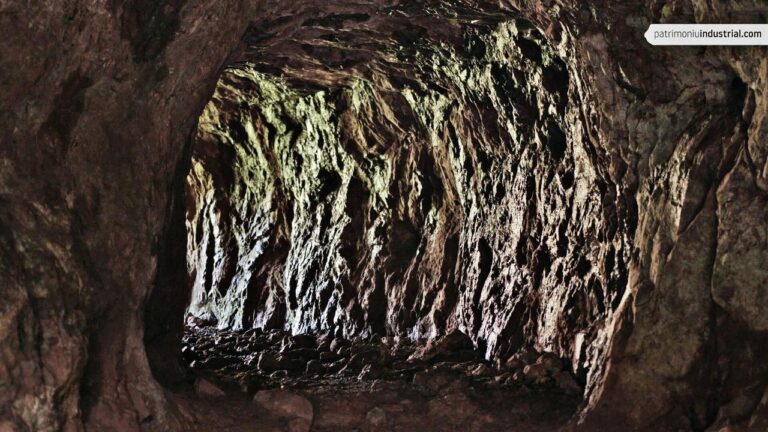
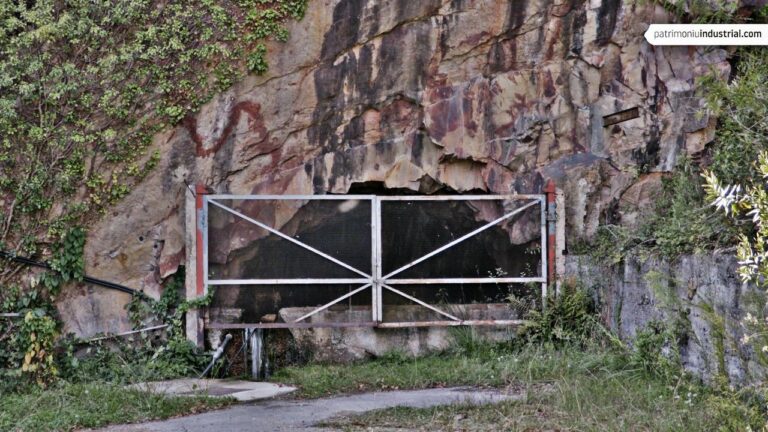


Recent Comments